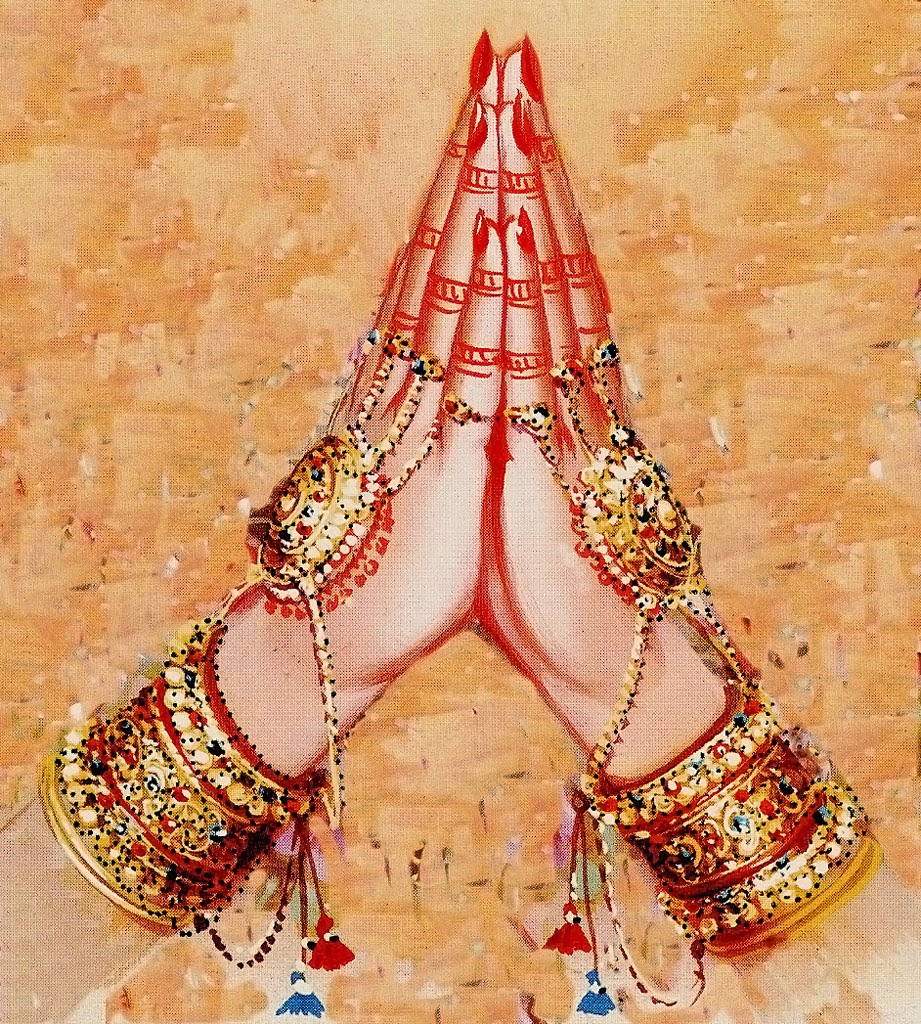Namaste is more than just a simple salutation; it is a word that carries profound significance, deeply rooted in ancient traditions and spiritual practices. Originating from the Sanskrit language, this term is often associated with respect, humility, and the acknowledgment of the divine essence within every individual. While it has become widely popularized in yoga and wellness communities globally, its true meaning transcends casual greetings, embodying a connection between souls.
Understanding what does Namaste mean requires delving into its cultural and spiritual origins. This small yet powerful word combines "Nama," meaning to bow, and "Te," meaning to you. Put together, Namaste translates to "I bow to you." However, its interpretation goes far beyond the literal translation. It signifies an acknowledgment of the universal spirit or divine light that resides within each of us, fostering a sense of unity and interconnectedness.
In today's world, where mindfulness and self-awareness are increasingly embraced, Namaste serves as a gentle reminder to approach life with reverence and grace. Whether used in yoga classes, spiritual practices, or daily interactions, the essence of Namaste resonates with everyone who seeks to live harmoniously and honor the sacredness of human connection. Join us as we explore the cultural roots, spiritual significance, and practical usage of this timeless word to truly understand what does Namaste mean.
Table of Contents
- The Cultural Roots of Namaste
- What Does Namaste Mean Literally?
- Why Is Namaste Important in Yoga?
- Is Namaste Only Used in India?
- The Symbolism Behind the Namaste Gesture
- What Is the Spiritual Significance of Namaste?
- How to Practice Namaste in Daily Life?
- How to Pronounce Namaste Correctly?
- What Is the Difference Between Namaste and Namaskar?
- Namaste in Modern Pop Culture
- What Is the Significance of Namaste in Different Religions?
- How Does Namaste Promote Unity and Respect?
- Common Misconceptions About Namaste
- What Are the Benefits of Incorporating Namaste in Life?
- The Global Adoption of Namaste
The Cultural Roots of Namaste
The origins of Namaste can be traced back to ancient India, where it has been a cornerstone of cultural, social, and spiritual interactions for centuries. Derived from Sanskrit, the sacred language of Hinduism, Namaste has long been a part of traditional Indian customs. It is closely tied to the concept of "Atman," or the divine soul, which is a central theme in Hindu philosophy. Namaste acts as a form of respect and acknowledgment of the divine presence in others.
In Indian culture, Namaste is more than just a greeting; it is a way of life. It reflects humility, gratitude, and a sense of interconnectedness. It has been passed down through generations and remains a timeless expression of reverence and respect. To grasp the essence of what does Namaste mean, one must understand its cultural significance, which is deeply rooted in the values of harmony and mutual respect.
What Does Namaste Mean Literally?
At its core, Namaste is a combination of two Sanskrit words: "Nama," which means bow, and "Te," which means you. Together, the literal translation of Namaste is "I bow to you." However, the meaning of Namaste extends far beyond its direct translation. It symbolizes a profound acknowledgment of the divine essence within every individual and serves as a bridge between souls.
In its literal sense, Namaste is a reminder of the sacredness of human connection. It transcends words and becomes a spiritual gesture that fosters a sense of unity and shared humanity. By understanding what does Namaste mean, you can appreciate its depth and the values it represents.
Why Is Namaste Important in Yoga?
Namaste has become synonymous with yoga, often used as a greeting or farewell in yoga classes worldwide. But why is it so significant in this practice? Yoga, which means union, is all about connecting the mind, body, and soul. Namaste complements this philosophy by acknowledging the divine light within oneself and others, reinforcing the idea of unity and mutual respect.
At the beginning or end of a yoga session, practitioners often say Namaste while bringing their palms together in the Anjali Mudra gesture. This act solidifies a sense of gratitude, respect, and mindfulness. By incorporating Namaste into yoga, practitioners honor the spiritual roots of the practice and recognize the interconnectedness of all beings.
Is Namaste Only Used in India?
While Namaste originates from India, its usage has transcended geographical boundaries. Thanks to globalization and the worldwide popularity of yoga, Namaste is now a universally recognized term. It is used in various contexts, from spiritual practices to casual greetings, and has been embraced by people from diverse cultures and backgrounds.
Namaste has become a symbol of mindfulness and respect, making its way into global conversations and interactions. Understanding what does Namaste mean can help people appreciate its universal appeal and adapt it meaningfully in their own lives.
The Symbolism Behind the Namaste Gesture
The gesture accompanying Namaste, known as the Anjali Mudra, involves pressing the palms together at the chest and bowing slightly. This simple yet profound gesture carries significant symbolism. The palms coming together represent unity and balance, while the bow signifies humility and respect. It embodies the essence of Namaste, which is to honor the divine presence within others.
By performing this gesture, individuals express their reverence and gratitude, fostering a sense of connection and harmony. The Namaste gesture is a powerful way to communicate respect and mindfulness without the need for words.
You Might Also Like
Discover Exciting And Fun Things Near MeCan You Have Sex While Pregnant? Understanding Intimacy During Pregnancy
The Ultimate Guide To Becoming A Successful Content Creator
The Essential Guide To Understanding And Troubleshooting A Starter Solenoid
The Fascinating World Of The Green Parrot: A Complete Guide
Article Recommendations
- Bettedavis_0.xml
- Exploring The World Of Mkvmoviespoint Everything You Need To Know
- Alex Lagina And Miriam Amirault Wedding

